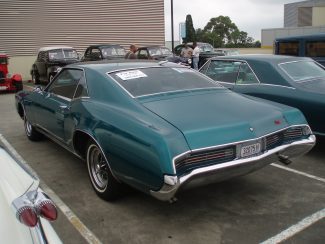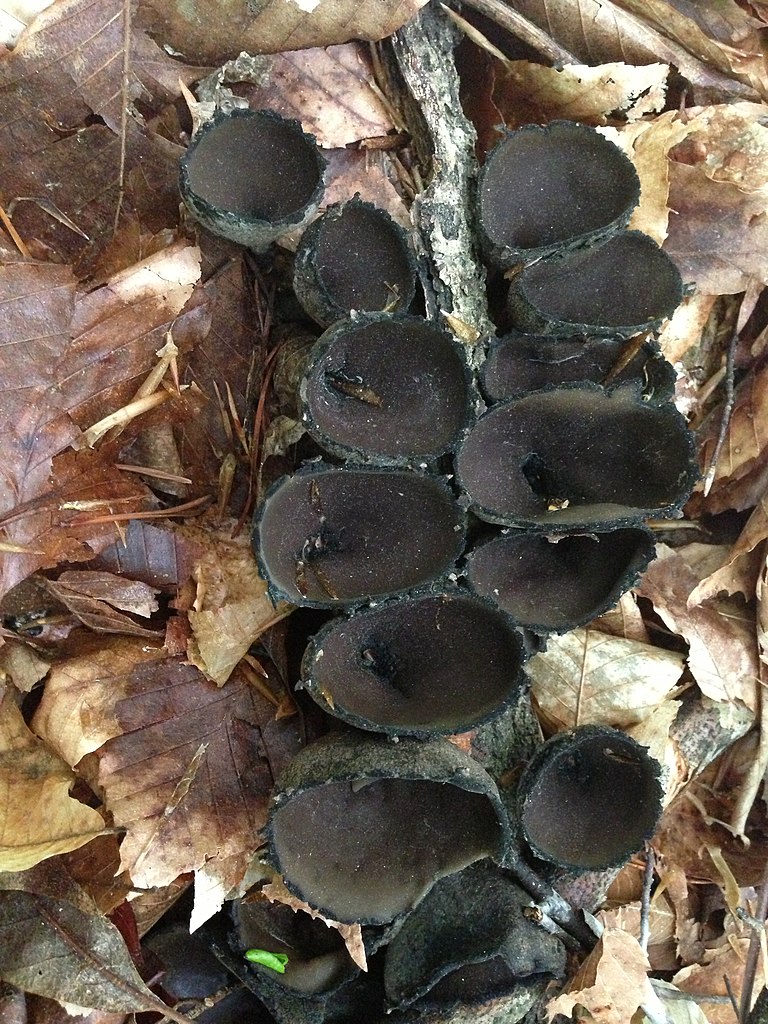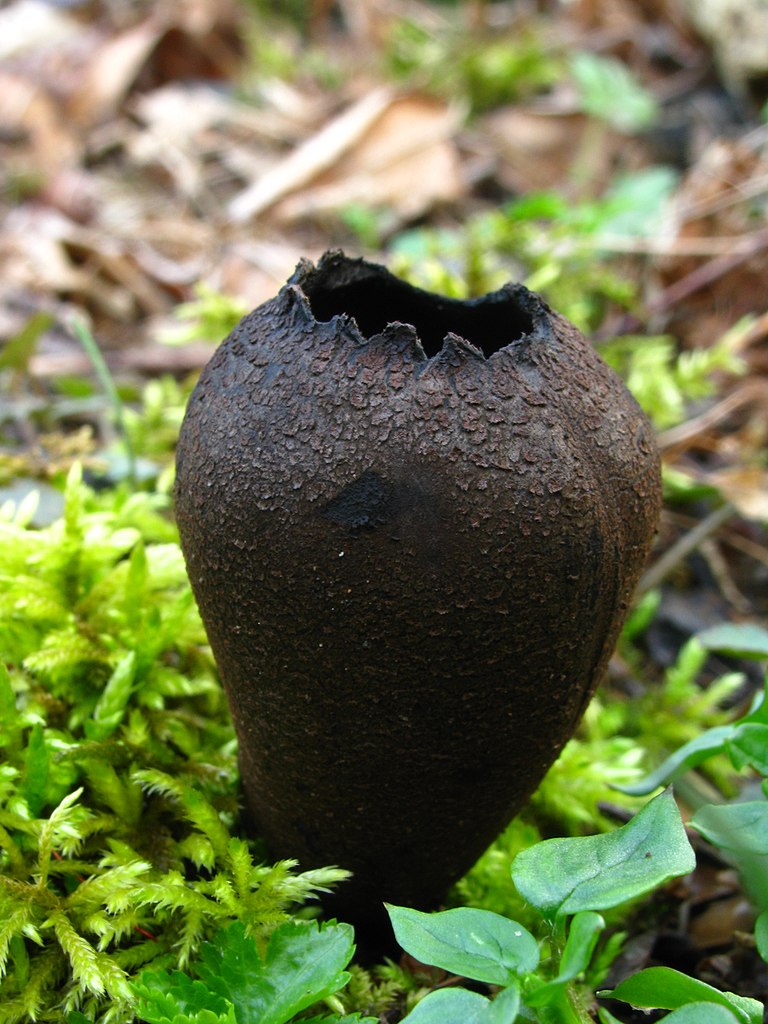
Do you already know this species? Click the arrows to check…










This species includes varieties called bok choy, napa cabbage, turnip, rapini, and totsoi
This black-white-and-grey bird points its slender bill downwards – or tilts it comically upwards – as it spirals face-first down tree trunks and round and round branches, searching for insects to devour
The brilliant blue, white, or pink of these flowers are actually 5 to 25 colored sepals rather than petals. They appear to float upon a mist of thread-like bracts above feathery, pinnately divided leaves.
A familiar weed of lawns, fields, roadsides, and gardens, this plant and its close relatives are the only species eaten by beautiful monarch butterflies.
This hairy little plant with 5 pointy petals is native to the Mediterranean region and is both edible and medicinal
A low-growing “trefoil” weed of lawns and disturbed, nitrogen-poor soil, distinguished by its tiny hop-like yellow flower clusters, pointed tips on each leaflet, and the terminal leaflet on a longer stalk or petiole
Similar in many ways to the American Goldfinch, this little bird has a heavily streaked breast and can often be found in sizeable groups.
This bright, tropical-looking black and yellow bird from Southeast Asia is related to chickadees and titmice